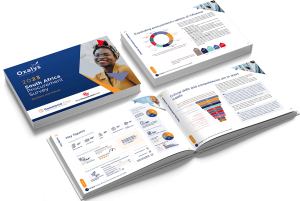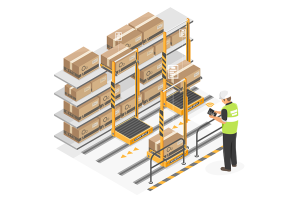 From a broader point of view, development in information communication technology (ICT) has radically changed the manner in which people conduct business. Speed of communication and information exchange mean that you can offer real-time answers to customer enquiries, process transactions and convert potential leads into paying clients.
From a broader point of view, development in information communication technology (ICT) has radically changed the manner in which people conduct business. Speed of communication and information exchange mean that you can offer real-time answers to customer enquiries, process transactions and convert potential leads into paying clients.
“The procurement process is no exception to these changes”, says Moses Manuel, a lecturer in business, legal and development-related studies and founder of the Zerite Network.
In the procurement profession there is often a mixed experience when it comes to technology, in the sense that some people in procurement departments will go for enterprise resource planning (ERP) systems and purchase-to-pay (P2P) systems, while others may choose to rely on old stock control systems and spreadsheets.
For most organisations, procurement or otherwise, the question of whether to adopt or not adopt technology often comes down to performance and returns. The differential goes like this:
i. Automated processes should result in better performance than manual processes.
ii. The technology should achieve cost efficiency.
The Internet, for example, which is the foundation of e-procurement systems, has afforded the procurement function a number of benefits, such as:
– Improved supply chain relationships and co-ordination, arising from data sharing. Remember, in supply chain networks, the success as far as upstream and downstream operations are concerned will be reflected by the degree of collaboration and informed customer service.
– Organisations get to maintain low inventory levels and efficient stock turnover since they can safely rely on just-in-time (JIT) systems given that information is quickly relayed and responded to.
– The choice of suppliers will increase as the Internet gives access to global and local suppliers. Although, despite technology like the Internet pointing you to these suppliers, you will still have to make strategic and tactical choices on your own.
– Organisations get to save on procurement costs through electronic communication, greater accuracy and electronic transaction processing.
As far as the procurement process is concerned, there are three primary parts to improving procurement capability: people, process and technology. Most procurement managers tend to focus only on the first two.
E-procurement can be used in requests for information (RFIs), requests for proposal (RFPs), requests for quotation (RFQs) as well as e-tendering, e-auctions, vendor management, catalogue management, purchase orders, e-invoicing, e-payment and contract management.
The need for technology in procurement should not be driven by the technology itself but by the need for process improvement to meet the objectives of an organisation and its customers.


























